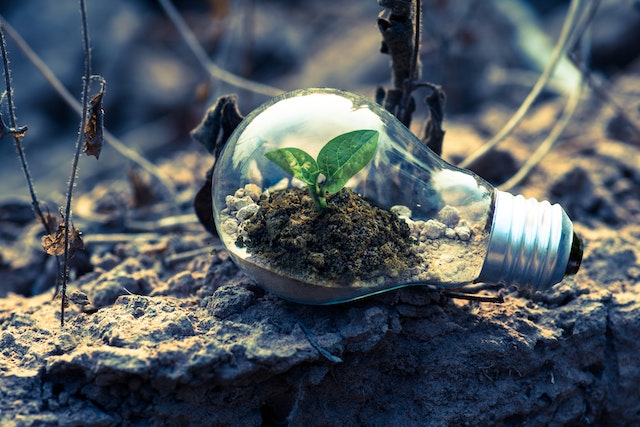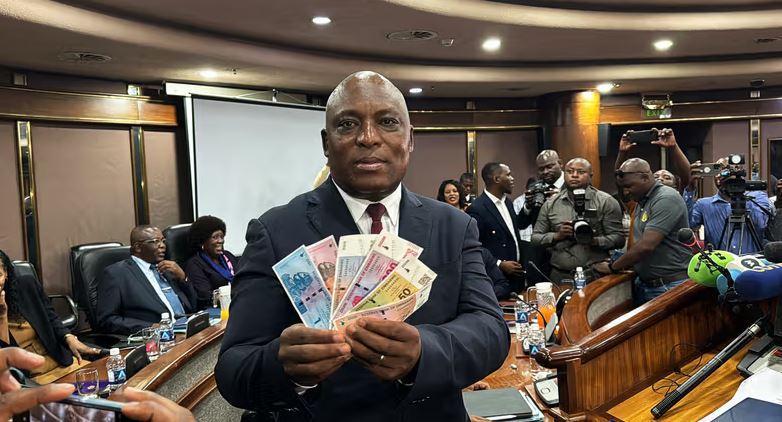It is sometimes easy to forget that Africa is the world’s youngest continent. What with all the challenges that the continent has had to surmount over the years.
Be that as it may, the continent is currently bearing the brunt of the effects of climate change, tackling food insecurity, stalled and /or declining economic growth, deteriorating health of populations and a sharp decline in human capital.
Effects of extremely intense floods and harsher and more prolonged droughts are currently ravaging the continent leaving in their wake the destruction of lives and property alike.
Held between the 6th and 18th of November 2022, COP27 ended on what one would call a high note. Among the several resolutions and recommendations was the game-changing breakthrough agreement to assist developing and vulnerable countries through loss and damage funding.
Speaking on the matter, Simon Stiell, the UNClimate Change Executive Secretary said, “We have determined a way forward on a decades-long conversation on funding for loss and damage – deliberating over how we address the impacts on communities whose lives and livelihoods have been ruined by the very worst impacts of climate change.”
All COP conferences and indeed the urgent need to mitigate and reverse the effects of climate change have been hinged on the phasing down of fossil fuels.
At last year’s COP27, India proposed a total phase-down of all fossil fuels. 80 nations backed this proposal but strangely, it did not make it to the final resolutions of the summit text.
The proposal encompassed all fossil fuels which include oil and gas. Developed countries rely heavily on these. Do these debates and the resulting recommendations consider costs as well as the socio-political effects that would be experienced as a result of their implementation?
Is there a more concerted effort to phase down the use of certain fossil fuels (coal) more than others (oil and gas)? What does a complete turnaround from fossil fuel to renewable energy truly look like for Africa?
A coal overhaul?
Dipo Faloyin’s Africa is not a country is not just a great read. It is as riveting and entertaining as it is informative, especially to non-Africans who do not truly conceptualize the complexities of the continent. Each country on the vast continent comes with a different set of challenges.
The North, the West, the East, the South, Central Africa…each has unique problems and invariably unique solutions to the same. A ‘solo-chorus’ approach may not be the way to go when it comes to Africa and this applies to the climate change dilemma too.
COP26 saw Morocco and Egypt sign up for the PPC alliance (Powering Past Coal). Morocco is the second largest consumer of coal on the continent while Egypt is a huge investor in coal-fired power stations all over Africa.
This along with the fact that six members of the G7 developed countries and 28 more from various parts of the world together with five development banks, pledged to cease public support of the unabated fossil fuel energy sector by end of last year, clearly shows the definite direction that the future of coal in Africa has taken. Coal in Africa is more or less a dead venture moving forward.
Africa has quite significant gaps in its electricity supply and with coal-fired power stations out of the picture one is left to wonder how these gaps will be filled.
Theoretically, it would be considered a no-brainer that the automatic shift would be from fossil fuels like coal to wind and solar energy. A survey carried out in 2020 by the IFC revealed that continental Africa has an impressive onshore wind capacity of over 180000 TWh every year.
This amount of energy is sufficient to power the whole continent’s electricity needs 250 times over. Algeria has the highest wind energy resource with a 7,700 GW potential while other countries such as Kenya, Ethiopia, Namibia, and Mali among others, have well over 1000GW potential.
As it stands now, Africa leads the entire world in solar energy potential. It exceeds what has been termed as excellent conditions required for solar power production. According to The World Bank, Africa has the highest potential solar energy at 4.51 % with Europe and Russia understandably scoring the least with 3.44%.
Solar and wind energy in the continent are excellent and the most logical next step in terms of an energy supply shift in Africa.
Yet most of this potential continues to go untapped with the least developed countries on the continent lacking severely the infrastructure to make this a reality. According to the International Energy Agency, Africa currently records a measly 1% solar generating capacity which is appalling considering the continent has 60% of the best solar resources in the world.
Money matters
The biggest hurdle for Africa that still stands in the way of the needed transition from fossil to green energy is finance.
The rush to fossil fuel options such as coal has been the relatively cheap set-up costs involved. In the long run, however, these plants are very expensive to run because of the constant demand for fuel to keep running. The opposite is true for green energy options which cost more to install but are inexpensive to run thereafter.
Thankfully, the continent does not need to rely as heavily on fossil fuels as other, now advanced, nations did when they were at the stage of development the continent finds itself in now.
This is largely due to advancements in technology. What is required is just the right energy mix of renewable resources that will spur growth and reduce emissions significantly; an energy mix which is environmentally and economically sound.
With the loss and damage funding pledges from developed countries in the offing, there might still be hope for Africa to completely phase down coal and adopt green energy fully which by the way would include low carbon hydrogen projects in countries such as Namibia and Morocco, the product of which would be ammonia used in fertiliser production.
This would boost food production and curb food insecurity at least in part, on the continent. Additionally, African countries can boost revenue geared towards the phase-down by cutting back on the inefficiencies brought on by fossil fuel subsidies.
The 8.5 billion dollars received by South Africa has so far been the largest climate finance made to the continent from international allies.
There remains a huge gap if the potential of Africa as a renewable energy provider is to be unlocked. The figure required currently stands at USD 190 billion every year between 2026 and 2030.
Even as the rest of the world lends a helping hand, African countries must continue to encourage more private investments in their respective renewable energy sectors.
African governments have to do away with constantly shifting goalposts when it comes to regulations and unnecessary bureaucratic red tape.
Financial sector reforms and good governance are also key elements when wooing private investors. The continent must ensure that it makes sound investments now to ensure its people can combat climate change and its effects and flourish in decades to come.
Cover Photo by Singkham/Pexels



